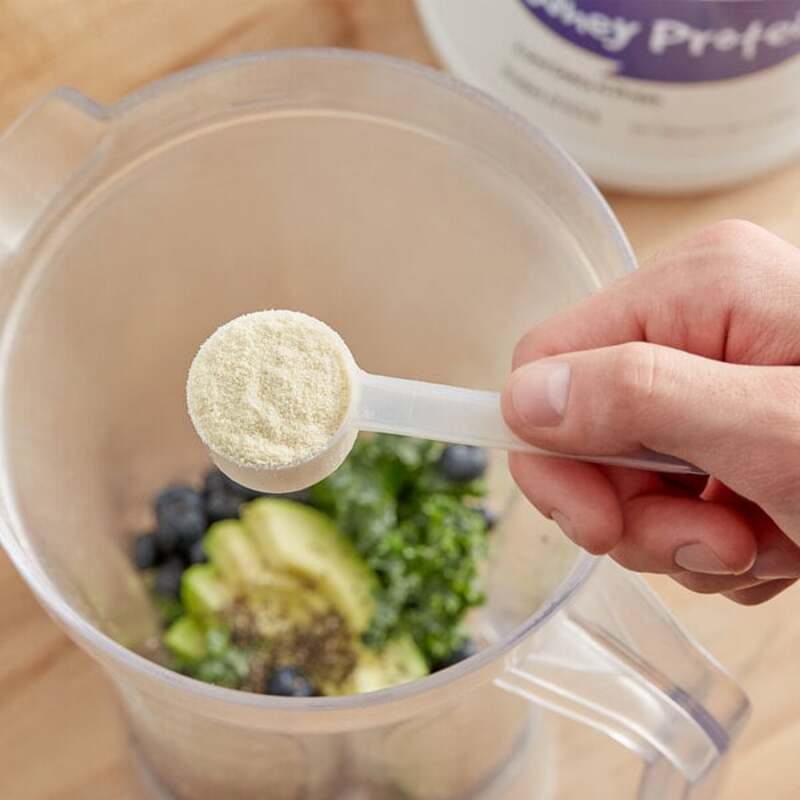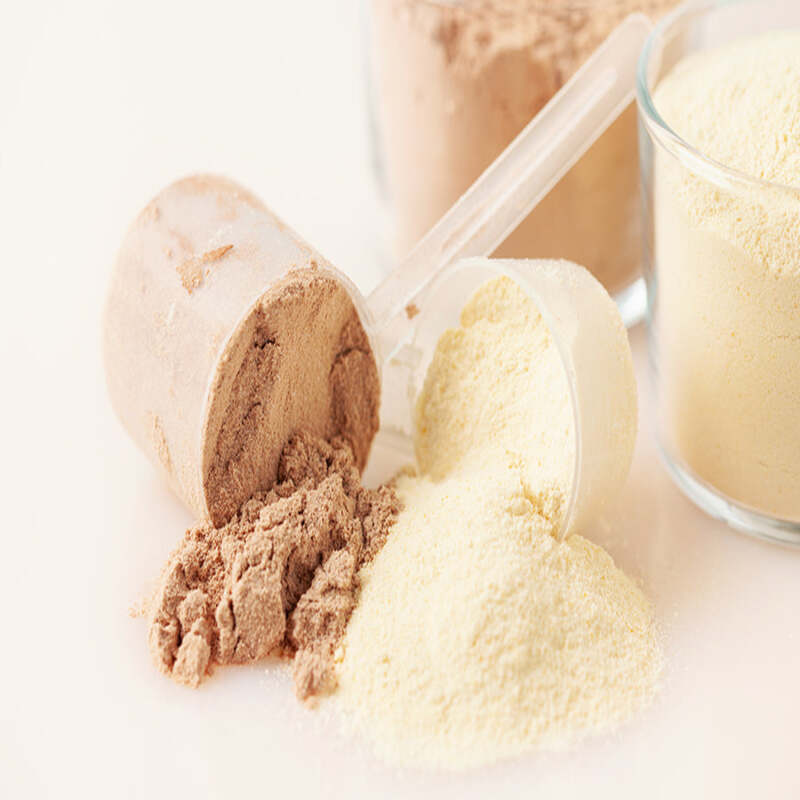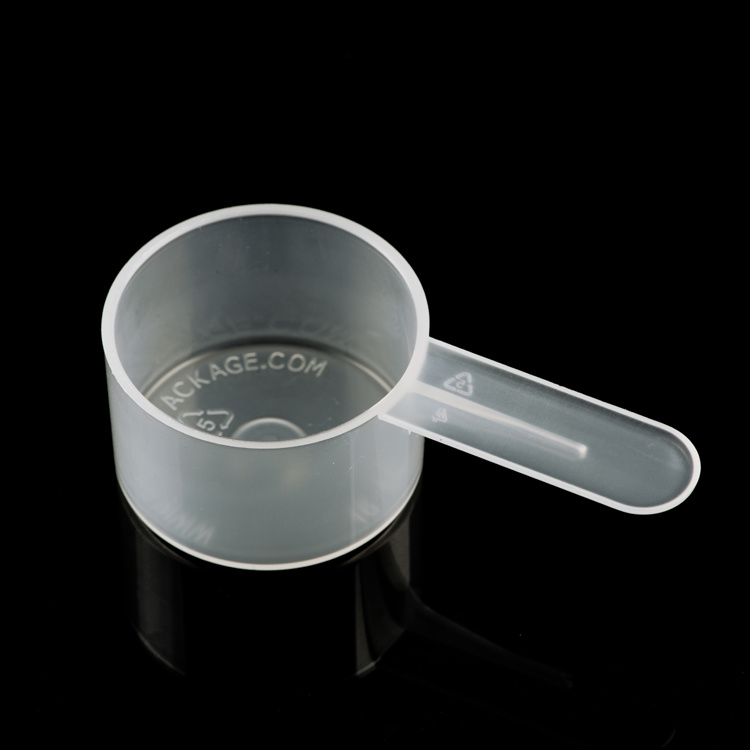How many scoops of protein powder? Guide of Scoops
Protein powder has become a fundamental part of many individuals’ health and fitness routines. However, understanding how many scoops of protein powder to use can often be confusing. This article aims to clarify this important aspect, helping you optimize your protein intake based on your personal goals and unique circumstances.
Understanding Protein Needs
What is Protein?
Protein is a macronutrient essential for building and repairing tissues. It’s critical for muscle recovery, especially after intense workouts. Since protein is a building block for the body, determining how much you need is vital. Various factors contribute to your protein requirements, including age, gender, activity level, and overall health.
How Much Protein Do You Need?
General guidelines suggest that adults should consume 0.8 grams of protein per kilogram of body weight. However, athletes or those engaged in strenuous activities generally need more. Some experts recommend 1.2 to 2.0 grams per kilogram of body weight for active individuals. This means that the exact protein needs can vary significantly.
To find your ideal protein intake, consider factors such as activity level, fitness goals, and overall diet. It may be beneficial to consult with a nutritionist. They can help personalize your protein needs. Remember, too much protein can also lead to unwanted consequences, such as kidney strain and dehydration.

Types of Protein Powder
Whey Protein
Whey protein is one of the most popular types. It is derived from milk and is highly bioavailable, meaning the body absorbs it quickly. Many athletes prefer whey protein after workouts for muscle recovery. Conversely, some individuals may experience lactose intolerance, making whey unsuitable for them.
Plant-Based Protein
Plant-based protein powders are a great alternative for those avoiding animal products. These can come from sources such as peas, rice, or hemp. They offer a complete amino acid profile when blended. However, the absorption rates may vary compared to whey. Some plant-based proteins may require larger servings to meet protein goals.
Choosing the right protein powder depends on taste preferences, dietary restrictions, and nutritional goals. Many brands offer samples. Trying a few options enables you to find what suits you best.
Determining How Many Scoops of protein powder
One Scoop vs. Multiple Scoops of protein powder
The standard serving size for protein powder is typically one scoop, which usually contains about 20-30 grams of protein. For many, this amount is sufficient for a post-workout shake. However, some individuals may feel the need for more.
When you consume multiple scoops in a single serving, you need to consider your overall protein intake for the day. Consuming excessive protein in one serving can lead to discomfort. Spreading protein intake throughout the day is often more effective for muscle recovery and growth.
The Role of Your Goals
Your protein goals may differ if you aim for muscle gain, weight loss, or general health. For muscle gain, you might require higher protein levels. On the other hand, if you’re focused on weight loss, a moderate amount may suffice. Therefore, evaluating what your specific targets are becomes key.
If you aim to gain muscle mass, you might find that consuming 1–2 additional scoops of protein powder within your daily routine works best. Conversely, for weight management, focusing on your overall daily intake may lead to better results than isolated scoop sizes.

Timing Your Protein Intake
Post-Workout Nutrition
Timing your protein intake can also impact its effectiveness. Consuming protein shortly after exercise can optimize muscle recovery. Many fitness enthusiasts refer to the “anabolic window,” a short period following a workout when nutrient absorption is enhanced.
Having a shake or meal high in protein during this window can boost muscle protein synthesis. It aids in repairing muscle damage caused by workouts. In this way, you maximize the benefits of your protein powder.
Spreading Throughout the Day
Instead of relying solely on post-workout shakes, consider spreading protein consumption throughout the day. Doing so optimizes muscle synthesis and helps maintain energy levels. Eating protein-rich snacks or meals at regular intervals keeps your body in an anabolic state.
Research suggests that consuming protein every 3–5 hours can yield better results than sporadic high intakes. Therefore, proper timing and distribution of protein can significantly affect overall results.
Common Misconceptions
Protein Powder as a Meal Replacement
One common misconception is that protein powder can serve as a complete meal replacement. While it can supplement your diet, it shouldn’t replace whole foods entirely. Whole foods provide not just protein but also essential vitamins, minerals, and fiber.
Relying solely on protein powders for meals may lead to nutrient deficiencies over time. Therefore, consider protein powders as a convenient addition, rather than a complete meal solution.
Excess Protein = More Muscle
Another myth is that consuming excessive protein will automatically lead to more muscle gain. This is not true. Muscle gain results from a combination of resistance training and balanced nutrition. While protein is crucial, more isn’t always better.
Too much protein can lead to issues like digestive discomfort. Balancing macronutrients is key for muscle gain and overall health. You must prioritize a well-rounded diet over sheer protein intake.
Choosing the Right Protein Powder
Ingredients Matter
When you’re selecting a protein powder, always consider the ingredient list. Some brands fill their products with sugars, artificial flavors, or additives. Ideally, choose a protein powder with minimal ingredients. Look for options that focus on natural sources.
Opt for powders that list protein sources clearly, such as whey or pea protein. A protein powder enriched with additional nutrients can also be beneficial. This ensures you’re not just meeting your protein needs, but also supporting overall health.
Taste and Mixability
Taste is crucial when choosing a protein powder. After all, if you don’t enjoy it, you probably won’t use it consistently. Most brands offer a variety of flavors, so don’t hesitate to experiment. Sample packs can be an excellent way to determine what you like best.
Additionally, consider how well the protein mixes with liquids. A powder that clumps or doesn’t dissolve well can lead to a frustrating experience. Smooth, creamy shakes often provide a more enjoyable experience.

Protein Powder for Different Lifestyles
For Athletes
Athletes have heightened protein requirements due to their training demands. Consuming 1.2 to 2.0 grams per kilogram of body weight is commonly recommended. This not only aids performance but also supports recovery.
Athletes often consider using one or two scoops in a post-workout shake. They may also incorporate protein into their meals throughout the day. Balance is essential, so pairing protein with carbohydrates can enhance muscle recovery.
For Non-Athletes
Even non-athletes can benefit from increased protein intake. It supports overall health and helps maintain a healthy weight. For sedentary individuals, aiming for around 0.8 to 1.0 grams per kilogram is generally sufficient.
In this case, one scoop can often meet daily protein needs, combined with regular meals. If weight loss is the goal, monitoring your overall diet remains crucial. Regular check-ins on your protein intake help you stay balanced.
Alternatives to Protein Powder
Whole Food Sources
Whole foods offer excellent sources of protein, often enriching your diet with additional nutrients. Foods such as chicken, fish, eggs, legumes, and dairy provide substantial protein levels. Incorporating these into your diet can help diversify your nutrient intake.
For those interested in whole food protein sources, consider meal prepping. This can make it easier to stay on track with your protein goals. Diversifying your protein sources keeps your meals varied and interesting.
Other Supplements
In addition to protein powder, several other supplements can help boost protein intake. Branched-chain amino acids (BCAAs) are popular among athletes. They support muscle recovery and may enhance performance.
Creatine is also a well-researched supplement, aiding muscle gain and performance. However, it shouldn’t replace adequate protein intake. Always prioritize whole food sources of protein first, using supplements as a secondary option.
Conclusion
Understanding how many scoops of protein powder to consume can significantly impact your health and fitness journey. By recognizing your individual protein needs, you can more effectively meet your goals. Remember, both the quantity and quality of protein are essential.
A careful selection of protein powder and consideration of lifestyle factors will enable you to choose appropriately. Whether you’re an athlete or someone looking to enhance general health, being mindful of protein intake is key. Aim to balance your macronutrients, and prioritize whole food protein sources as the foundation of a healthy diet.
Incorporating protein powder thoughtfully can lead you to optimal health and well-being. Healthy habits, including protein intake, can promote longevity and vitality. Always consult with a healthcare provider for personalized guidance tailored to your unique needs.
